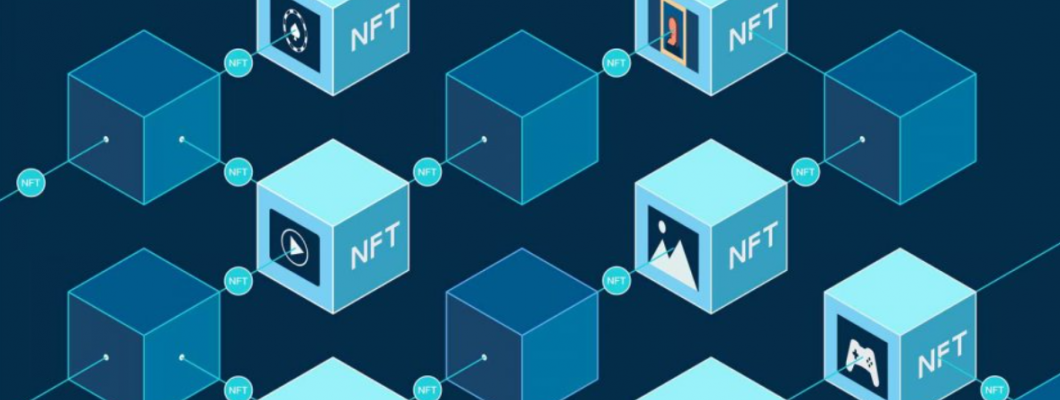
As blockchain adoption grows, businesses and developers face two major challenges: scalability and security. Without a well-structured infrastructure, blockchain networks can suffer from slow transaction speeds, high fees, and security vulnerabilities.
In this blog, we’ll explore the key components of a scalable and secure blockchain infrastructure, best practices, and strategies to ensure efficiency, resilience, and decentralization.
1. Key Components of Blockchain Infrastructure
A strong blockchain infrastructure consists of several essential components:
1.1. Nodes & Network Architecture
Blockchain networks rely on nodes to validate transactions, store data, and maintain consensus. The type and number of nodes impact scalability and security.
Full Nodes – Store the entire blockchain ledger and validate transactions.
Light Nodes – Store only essential data, reducing storage needs.
Validator Nodes – Used in Proof-of-Stake (PoS) systems to validate blocks and secure the network.
Masternodes – Provide governance functions and advanced features like privacy and instant transactions.
Best Practice: Deploy a mix of full nodes and validator nodes to ensure decentralization and network integrity.
1.2. Consensus Mechanisms
The consensus mechanism determines how transactions are validated and added to the blockchain. Choosing the right model affects scalability, energy efficiency, and security.
Popular Consensus Models:
Proof-of-Work (PoW): Secure but energy-intensive (Bitcoin).
Proof-of-Stake (PoS): Energy-efficient and scalable (Ethereum 2.0, Cardano).
Delegated Proof-of-Stake (DPoS): Faster but slightly more centralized (Binance Smart Chain).
Proof-of-Authority (PoA): Used in private blockchains for speed and control (VeChain, xDAI).
Best Practice: Use PoS or DPoS for scalability and sustainability while ensuring security measures like slashing and penalties for bad actors.
1.3. Smart Contracts & Security
Smart contracts automate transactions but can introduce security risks if not properly audited.
Common Smart Contract Vulnerabilities:
Reentrancy Attacks – Exploits a function call before completing the previous one.
Integer Overflow/Underflow – Miscalculations due to exceeding numeric limits.
Unchecked External Calls – Hackers can manipulate smart contracts through unverified external calls.
Best Practice:
Use formal verification tools and third-party audits (CertiK, OpenZeppelin).
Implement upgradeable smart contracts for future security fixes.
Follow best practices like access control mechanisms (e.g., OpenZeppelin’s Ownable).
1.4. Data Storage & Off-Chain Scaling
Storing all blockchain data on-chain can slow down the network. Using off-chain solutions can boost scalability.
Storage & Scaling Solutions:
Layer-2 Solutions – Lightning Network (Bitcoin), Optimistic Rollups, zk-Rollups (Ethereum).
IPFS (InterPlanetary File System) – Stores large files off-chain while keeping blockchain records intact.
Sidechains & Parachains – Enable faster and cheaper transactions (Polkadot, Polygon).
Best Practice: Store essential data on-chain and use off-chain storage for large files to improve performance.
1.5. Blockchain Security Measures
Security is critical in blockchain networks. Threats like 51% attacks, Sybil attacks, and smart contract exploits can undermine trust and integrity.
Key Security Measures:
Distributed Nodes – Ensure decentralization to prevent single points of failure.
Multi-Signature (Multi-Sig) Wallets – Require multiple approvals for transactions.
Regular Security Audits – Conduct penetration testing and smart contract audits.
Encryption & Privacy Features – Use Zero-Knowledge Proofs (ZKPs) for secure transactions (e.g., Zcash, Ethereum’s zk-SNARKs).
Best Practice: Combine on-chain and off-chain security mechanisms like multi-sig wallets, auditing, and decentralized governance.
2. Building a Scalable Blockchain Network
2.1. Optimize Transaction Processing
Transaction speed is a major challenge in blockchain scalability.
Solutions:
Sharding – Divides blockchain into smaller partitions to improve efficiency.
Layer-2 Scaling – Uses sidechains or rollups to reduce congestion.
Adaptive Block Sizes – Allows the network to adjust block sizes dynamically.
Best Practice: Implement sharding and Layer-2 solutions for better throughput.
2.2. Use Cloud & Hybrid Infrastructure
Deploying blockchain nodes on cloud servers or hybrid models can improve scalability and uptime.
Popular Cloud Providers for Blockchain:
AWS Blockchain Templates
Google Cloud Blockchain Solutions
Microsoft Azure Blockchain
Best Practice: Use containerized environments (Docker, Kubernetes) for flexible deployment.
2.3. Implement Governance & Upgradability
A blockchain network must evolve without hard forks disrupting operations.
Best Practices for Governance:
On-Chain Governance: Token-based voting mechanisms (e.g., Tezos, Polkadot).
Decentralized Autonomous Organizations (DAOs): Community-led governance structures.
Upgradeable Smart Contracts: Ensure flexibility for security patches.
Best Practice: Use DAOs and on-chain governance for smooth decision-making.
Conclusion
Building a scalable and secure blockchain infrastructure requires careful planning, the right technology stack, and security-first practices. Whether you are launching a new blockchain or improving an existing one, focusing on decentralization, security, and scalability is key.
As blockchain technology evolves, the demand for high-performance, secure, and efficient networks will continue to grow. By implementing Layer-2 scaling, advanced security measures, and optimized consensus mechanisms, developers can build blockchain networks that stand the test of time.

Leave a Comment